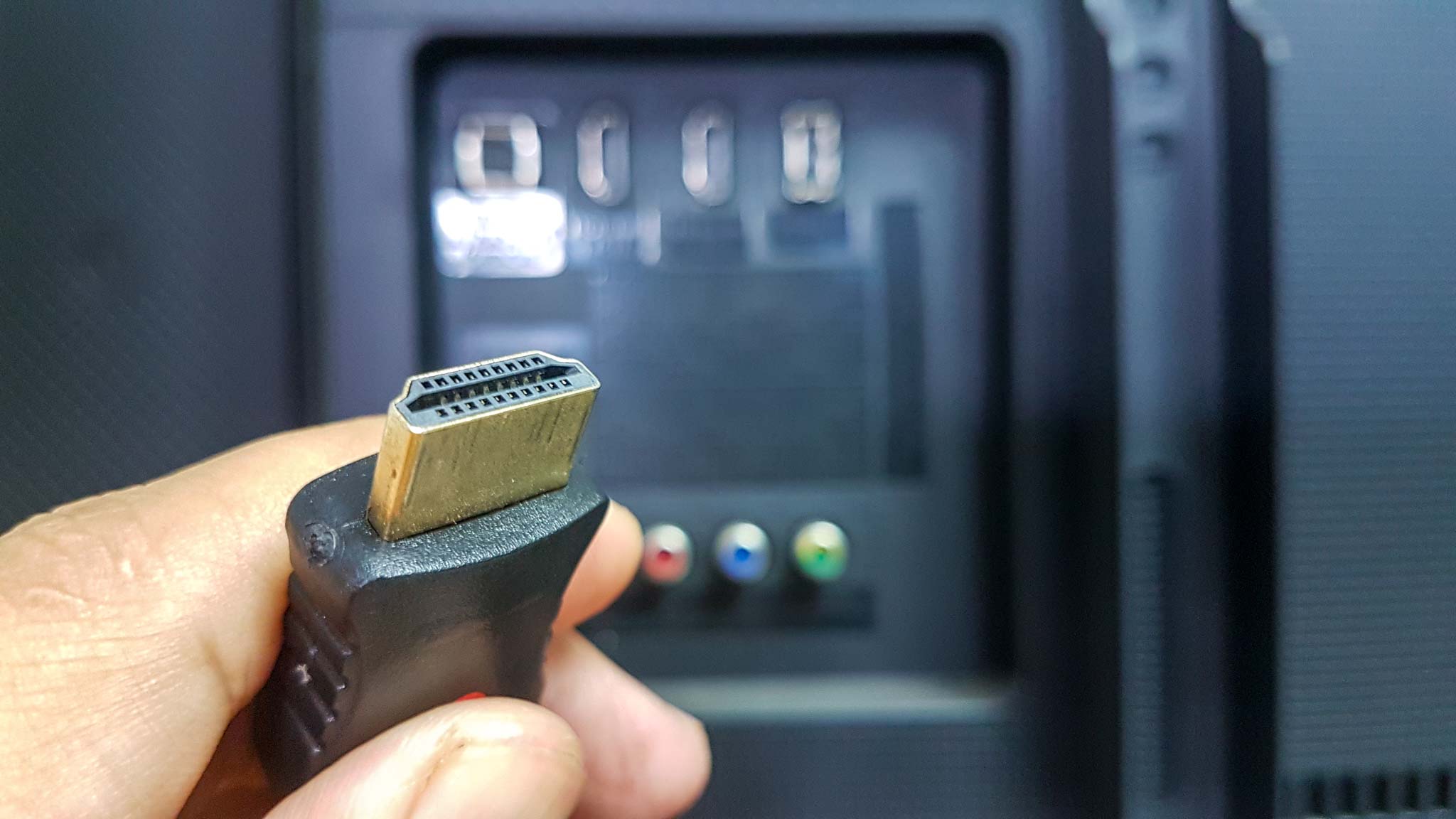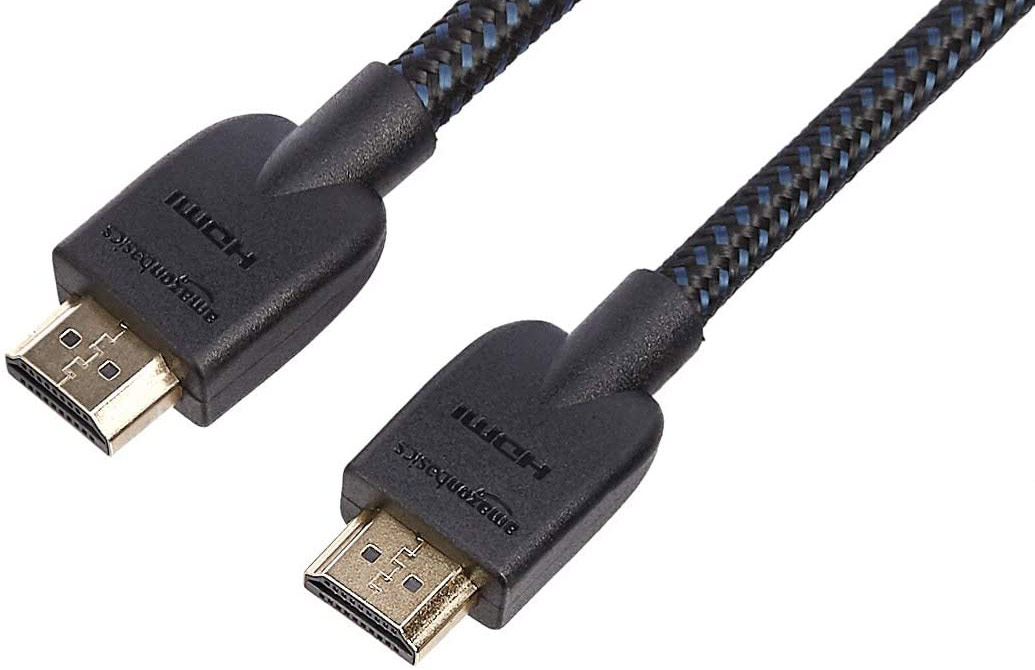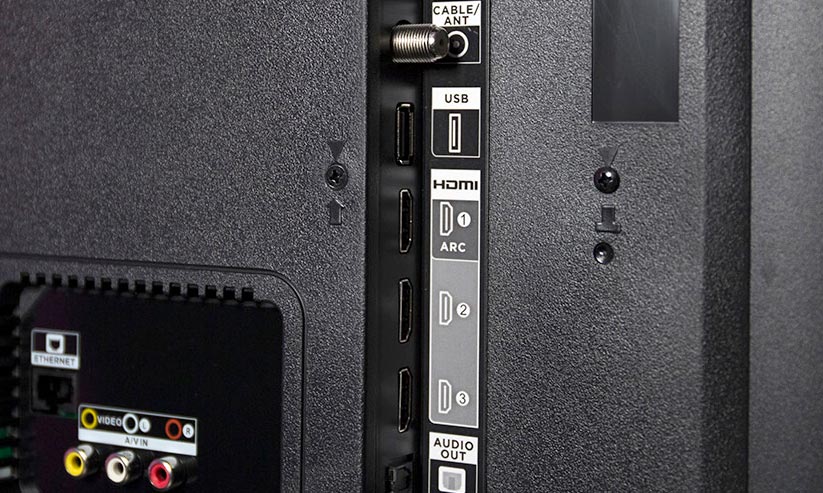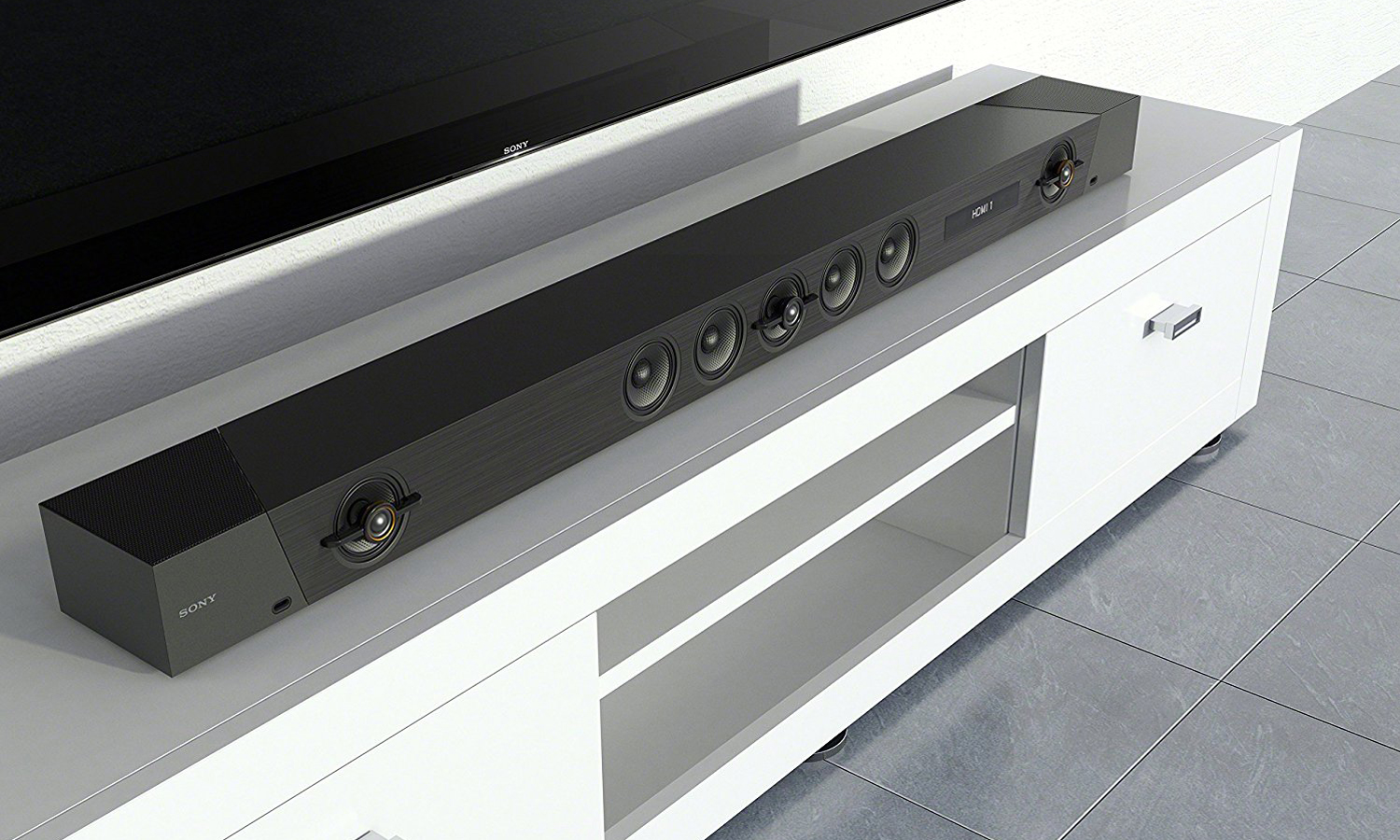How many HDMI ports do you need for your TV? And what kind?
What you need to know about HDMI before buying your next TV

There are so many details to keep track of when shopping for a TV that it's easy to get lost in the minutia of specific features and technologies, losing sight of the forest for the individual trees. One of the most basic questions: How many HDMI ports do you need? And which kind?
Now, a lot of you reading that stopped and thought to yourself "Which kind? How many types of HDMI are there?" Thankfully, we're here to clear up the confusion and make your TV shopping experience a little simpler. We'll not only help you know what kind of HDMI ports there are, but which are better for different uses.
(And if you're wondering about the other connections on your TV, check out TV ports explained: What are all those HDMI, USB and other connections for? And get our full cheatsheet of TV shopping advice in Everything you need to know about buying a TV.)
Let's start with the basics.

What is HDMI?
The familiar HDMI port is fully known as a High Definition Multimedia Interface (HDMI) connection. Unlike the older analog composite video and coaxial connections that you might be familiar with from older TVs, HDMI uses a digital signal for video and audio data. It uses a distinctive 19-pin connector that looks a bit like a large USB plug, but offers a complete solution for transmitting picture and sound, eliminating the need for multiple cables to connect your several home theater devices.
HDMI has been the standard video connection for TVs and media equipment since 2009, and though older connections still have a place on modern TVs – they let you use older equipment, like VCRs and retro game consoles without needing an extra converter box.

How many HDMI ports do you need?
This bit of advice is thankfully simple: More ports are better. We recommend getting a TV with at least three HDMI ports, but four is preferred, since it gives you more flexibility.
Sign up to get the BEST of Tom's Guide direct to your inbox.
Get instant access to breaking news, the hottest reviews, great deals and helpful tips.
You'll be thankful for those extra ports as soon as you set up the TV. The average home is likely to have multiple HDMI-connected devices, like a Blu-ray player, a game console, and a cable or satellite box. Soundbars also use HDMI (more on that in a moment), and if you have anything extra, like a streaming stick or a second game console, and you'll find yourself grateful for an extra port. Otherwise, you'll have to either swap out device connections manually or invest in one of the best cheap HDMI switchers to get extra connections.
What kind of HDMI ports should you look for?
The more complicated question is what HDMI formats are best. There are three primary HDMI formats you're likely to find on TVs from the last few years.
HDMI 1.4 - Supports 1080p video and sound, as well as 4K video, but only at 24 frames per second. With a maximum video bandwidth of 8.16 Gbps, it's the most basic version of HDMI in popular use, and is most common on 4K sets that are more than 5 years old.
HDMI 2.0 - With increased bandwidth (14.4 Gbps), this newer HDMI standard can handle 4K video at 60Hz, which matches most current 4K TVs and game consoles.
Two updated versions of the 2.0 standard, HDMI 2.0a and 2.0b, also add support for high dynamic range (HDR) content, including HDR10 and Dolby Vision (the 2.0b standard adds support for the largely unused HLG format). The majority of 4K TVs on the market in the last five years use these updated 2.0a and 2.0b versions.
HDMI 2.1 - The most recent revision to HDMI, with greatly expanded bandwidth (up to 48 Gbps), and support for higher frame rates and resolutions, including 4K at 120Hz and up to 8K resolution at 30Hz.
The higher bandwidth also allows for some new features, like enhanced audio return channel (eARC), variable refresh rates (VRR) and automatic low-latency mode (ALLM). You can learn all about it in our guide What is HDMI 2.1?
Thankfully, even the latest HDMI connections are backwards compatible, so the basic functions of transmitting video and sound will work every time. We recommend most people stick to the HDMI 2.0a connections that are on current TVs. For higher bandwidth and advanced features, however, you will need to make sure that your HDMI cables match the format of the ports and devices you're using.
And if you're invested in current game consoles, or want advanced features, like high frame rates, automatic mode switching or 8K resolution, then you'll definitely need to be choosy about getting the right HDMI standard that supports them. For that, you'll need one of the best TVs with HDMI 2.1, and the cables to match.
Advanced features: ARC vs eARC
Part of the HDMI standard is an audio feature called Audio Return Channel (ARC). Any current 4K smart TV will have one HDMI port labeled ARC (or sometimes eARC, more on that in a moment).

ARC lets you use a single HDMI cable to connect a TV and soundbar, offering two-way communication between devices over a single HDMI connection. Essentially, the HDMI ARC port lets you use HDMI as both an input to the TV and an audio output to the soundbar. And since it all happens over a single cable, it helps reduce the tangle of cables that often lurk behind any TV.
A newer version of ARC, called Enhanced Audio Return Channel (eARC), is also available on HDMI 2.0 and 2.1 connections. The biggest improvement eARC offers is support for full-resolution audio signal, meaning that it supports Dolby Atmos and other uncompressed sound formats.
Read our guide What is HDMI ARC? to learn more.
Advanced features: ALLM and VRR
HDMI 2.1 introduced a number of new capabilities to HDMI, and goes beyond simply sending video and audio signal from a media source to the TV. One of these features is eARC, which is discussed above. But other features are especially cool for gaming, and are found on the best gaming TVs.
Variable refresh rate (VRR) is one such game-friendly feature. Much like Nvidia G-Sync or AMD FreeSync, VRR allows a game console to output at different frame rates – letting the console dynamically adjust for better performance – and matches the TV's screen to the frame-by-frame output coming from the console, synchronizing the two for judder-free gaming.
The other HDMI 2.1 feature you'll want is Auto-Low Latency Mode (ALLM), which switches your TV to game mode automatically. Thanks to the bidirectional data flow that modern HDMI allows, your signal can receive a signal from your game console that triggers the TV's mode switching function. The result? Your TV knows to switch to game mode when you fire up a game – if you're using your game console to stream videos or watch Blu-ray discs, you can do it in whatever game mode you want – and you never have to touch the remote.
Interestingly enough, you don't necessarily need HDMI 2.1 to enable these features. Or, more accurately, TV makers have been known to offer these features without the full bandwidth of HDMI 2.1, making it a partial implementation of the 2.1 spec, or basically a non-standard version of HDMI that falls in between 2.0a and 2.1.
We call out these features and the details of HDMI standards in our reviews wherever it's relevant, so be sure to check out the best TVs and individual reviews.
Brian Westover is currently Lead Analyst, PCs and Hardware at PCMag. Until recently, however, he was Senior Editor at Tom's Guide, where he led the site's TV coverage for several years, reviewing scores of sets and writing about everything from 8K to HDR to HDMI 2.1. He also put his computing knowledge to good use by reviewing many PCs and Mac devices, and also led our router and home networking coverage. Prior to joining Tom's Guide, he wrote for TopTenReviews and PCMag.

